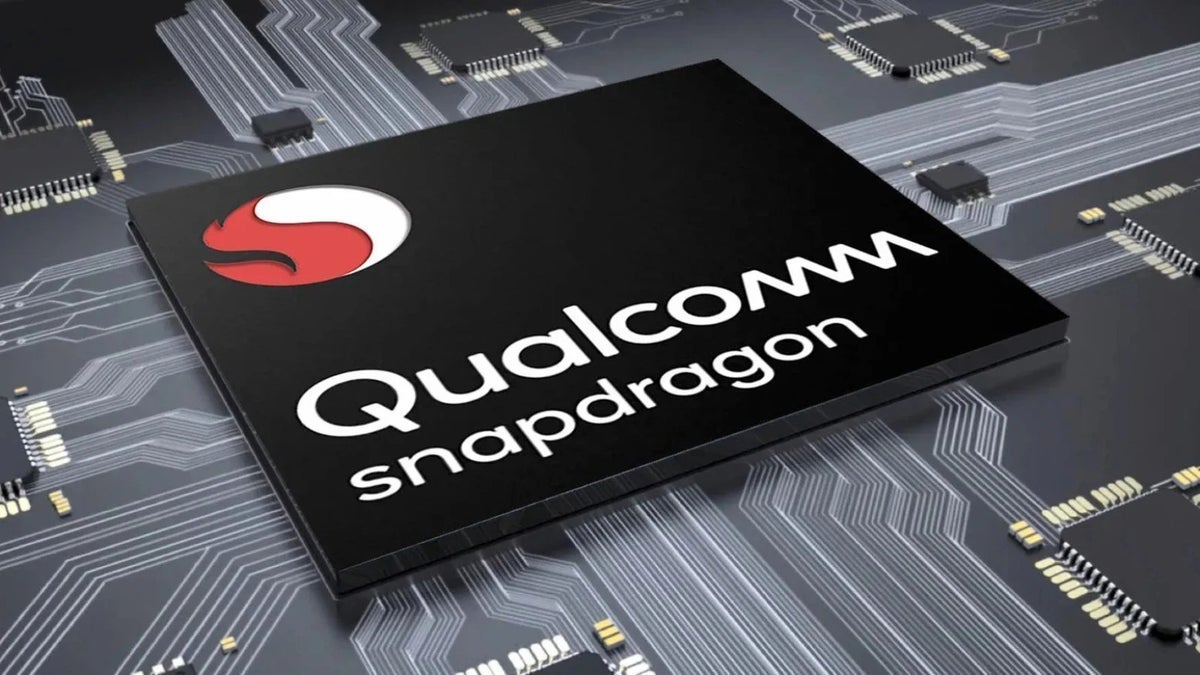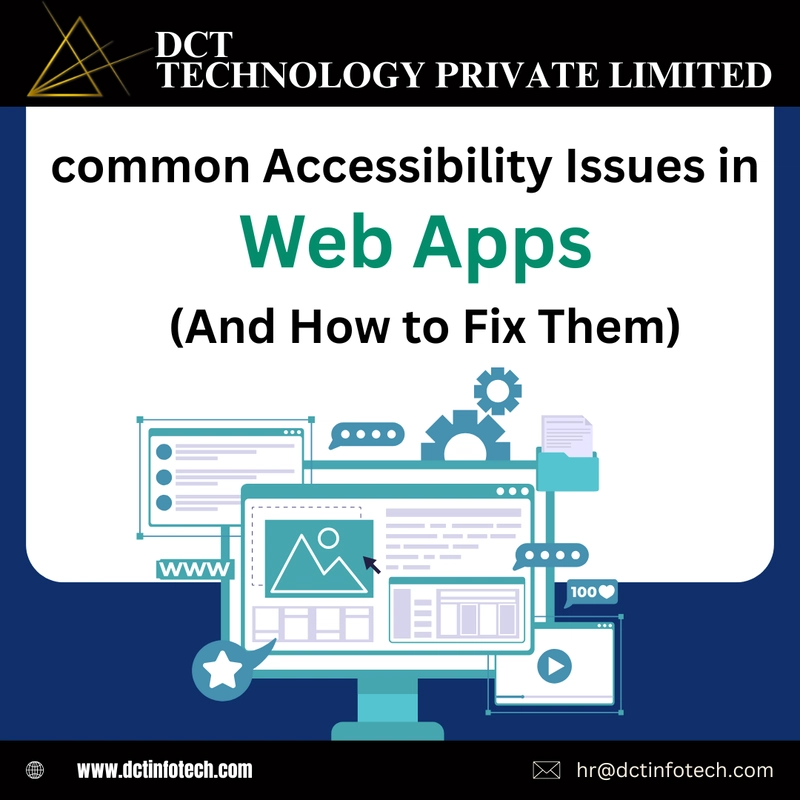Blockchain for Cross-Border Payments and Investment Dynamics in Blockchain Finance
Abstract Blockchain technology is at the heart of a financial revolution—reshaping cross-border payments and investment dynamics. This post explores the evolution of blockchain from its initial role powering cryptocurrencies to its current application in streamlining trade finance, reducing costs, and fostering innovative investment strategies. By examining core concepts such as decentralization, smart contracts, tokenization, and consensus mechanisms, this comprehensive guide highlights practical use cases, technical challenges, and future innovations. Key topics include real-time international settlements, sustainable blockchain solutions, and evolving regulatory frameworks. For further details on the original inspiration for this post, please refer to the Original Article. Introduction Blockchain is no longer simply the technology behind cryptocurrencies. Today, it is the driving force behind faster, more secure cross-border payments and a vibrant investment ecosystem. As traditional banking systems struggle with delays and high fees, blockchain provides a decentralized, transparent alternative that is increasingly being adopted by financial institutions, startups, and governments around the world. In this post, we explore how blockchain is revolutionizing global commerce by enhancing trade finance and investment dynamics. We will discuss fundamental blockchain concepts, analyze real-world applications, and consider the challenges and opportunities that lie ahead. Keywords like blockchain, trade finance, global commerce, cross-border payments, investment dynamics, smart contracts, and tokenization will guide our discussion. Background and Context Blockchain technology emerged in the wake of the 2008 financial crisis as a secure alternative to legacy banking systems. Initially designed for Bitcoin, the technology has rapidly expanded its utility to include a wide range of financial applications. By replacing intermediaries with a distributed ledger, blockchain ensures transparency and security in transactions. Historically, cross-border payments were slow and expensive due to multiple intermediaries and legacy networks such as SWIFT. The inefficiencies in these systems drove the need for innovation. Today, blockchain has demonstrated its ability to drastically reduce processing times and transaction fees by enabling near-real-time settlements. Moreover, blockchain’s decentralized nature has attracted significant interest from venture capital, corporate investors, and governments. Investment dynamics in blockchain finance are pushing forward the development of digital assets—cryptocurrencies, stablecoins, and tokenized securities—which are critical to modern cross-border transactions and international trade finance. Core Concepts and Features At the core of blockchain’s success are its key features that provide the foundation for secure, transparent, and efficient systems. Below is a detailed look at these fundamental components: Decentralized Ledger Technology (DLT) Decentralization: Unlike traditional systems, blockchain distributes control across a network of nodes, eliminating single points of failure. Transparency: Every transaction is recorded on an immutable ledger, offering a verifiable audit trail for all participants. Security: Advanced cryptographic methods protect data from tampering and fraud. Smart Contracts and Tokenization Smart Contracts: Self-executing digital contracts that automatically enforce the terms of an agreement without intermediaries. They are crucial for reducing processing delays and eliminating human error. Tokenization: Converts physical or digital assets into digital tokens, enabling fractional ownership and increased liquidity. Consensus Mechanisms Proof of Work (PoW) and Proof of Stake (PoS): These algorithms validate transactions and ensure that the entire network reaches a consensus without a central authority. New Developments: Innovative solutions such as Delegated Proof of Stake (DPoS) and Layer 2 solutions are emerging to improve scalability and reduce energy consumption. Below is a comparison table outlining how these features apply to both cross-border payments and investment dynamics: Feature Cross-Border Payments Investment Dynamics Decentralization Eliminates intermediaries, enabling real-time settlements and reduced friction Enables distributed funding opportunities, providing access to innovative startups Transparency Public ledgers enhance trust and traceability in international transactions Verified transactions build investor confidence and reduce risk Security Cryptographic protections reduce fraud and unauthorized alterations Robust security features attract institutional investments and support compliance initiatives Efficiency Automated smart contracts streamline processing and reduce transaction costs Tokenization and smart contracts driv
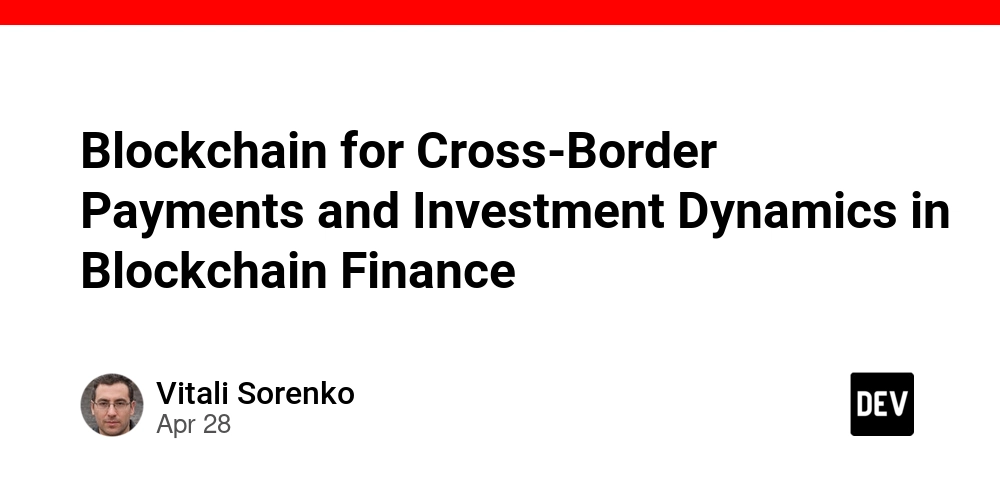
Abstract
Blockchain technology is at the heart of a financial revolution—reshaping cross-border payments and investment dynamics. This post explores the evolution of blockchain from its initial role powering cryptocurrencies to its current application in streamlining trade finance, reducing costs, and fostering innovative investment strategies. By examining core concepts such as decentralization, smart contracts, tokenization, and consensus mechanisms, this comprehensive guide highlights practical use cases, technical challenges, and future innovations. Key topics include real-time international settlements, sustainable blockchain solutions, and evolving regulatory frameworks. For further details on the original inspiration for this post, please refer to the Original Article.
Introduction
Blockchain is no longer simply the technology behind cryptocurrencies. Today, it is the driving force behind faster, more secure cross-border payments and a vibrant investment ecosystem. As traditional banking systems struggle with delays and high fees, blockchain provides a decentralized, transparent alternative that is increasingly being adopted by financial institutions, startups, and governments around the world.
In this post, we explore how blockchain is revolutionizing global commerce by enhancing trade finance and investment dynamics. We will discuss fundamental blockchain concepts, analyze real-world applications, and consider the challenges and opportunities that lie ahead. Keywords like blockchain, trade finance, global commerce, cross-border payments, investment dynamics, smart contracts, and tokenization will guide our discussion.
Background and Context
Blockchain technology emerged in the wake of the 2008 financial crisis as a secure alternative to legacy banking systems. Initially designed for Bitcoin, the technology has rapidly expanded its utility to include a wide range of financial applications. By replacing intermediaries with a distributed ledger, blockchain ensures transparency and security in transactions.
Historically, cross-border payments were slow and expensive due to multiple intermediaries and legacy networks such as SWIFT. The inefficiencies in these systems drove the need for innovation. Today, blockchain has demonstrated its ability to drastically reduce processing times and transaction fees by enabling near-real-time settlements.
Moreover, blockchain’s decentralized nature has attracted significant interest from venture capital, corporate investors, and governments. Investment dynamics in blockchain finance are pushing forward the development of digital assets—cryptocurrencies, stablecoins, and tokenized securities—which are critical to modern cross-border transactions and international trade finance.
Core Concepts and Features
At the core of blockchain’s success are its key features that provide the foundation for secure, transparent, and efficient systems. Below is a detailed look at these fundamental components:
Decentralized Ledger Technology (DLT)
- Decentralization: Unlike traditional systems, blockchain distributes control across a network of nodes, eliminating single points of failure.
- Transparency: Every transaction is recorded on an immutable ledger, offering a verifiable audit trail for all participants.
- Security: Advanced cryptographic methods protect data from tampering and fraud.
Smart Contracts and Tokenization
- Smart Contracts: Self-executing digital contracts that automatically enforce the terms of an agreement without intermediaries. They are crucial for reducing processing delays and eliminating human error.
- Tokenization: Converts physical or digital assets into digital tokens, enabling fractional ownership and increased liquidity.
Consensus Mechanisms
- Proof of Work (PoW) and Proof of Stake (PoS): These algorithms validate transactions and ensure that the entire network reaches a consensus without a central authority.
- New Developments: Innovative solutions such as Delegated Proof of Stake (DPoS) and Layer 2 solutions are emerging to improve scalability and reduce energy consumption.
Below is a comparison table outlining how these features apply to both cross-border payments and investment dynamics:
| Feature | Cross-Border Payments | Investment Dynamics |
|---|---|---|
| Decentralization | Eliminates intermediaries, enabling real-time settlements and reduced friction | Enables distributed funding opportunities, providing access to innovative startups |
| Transparency | Public ledgers enhance trust and traceability in international transactions | Verified transactions build investor confidence and reduce risk |
| Security | Cryptographic protections reduce fraud and unauthorized alterations | Robust security features attract institutional investments and support compliance initiatives |
| Efficiency | Automated smart contracts streamline processing and reduce transaction costs | Tokenization and smart contracts drive scalable models and innovative investment structures |
| Regulatory Adaptation | Compliant protocols ensure adherence to regional and international laws | Adaptive legal frameworks support emerging digital assets and decentralized finance models |
Additional Technical Innovations
Blockchain’s rapid evolution is also supported by several groundbreaking technical innovations:
- Scalability Solutions: Layer 2 technologies (e.g., rollups, state channels) improve transaction throughput.
- Interoperability Protocols: Standards that enable seamless integration between different blockchain networks and legacy systems.
- Enhanced Cryptographic Techniques: Implementation of zero-knowledge proofs to ensure data privacy and integrity.
- Decentralized Identity Management: Solutions that empower users to control and secure their personal data.
- Regulatory Compliance via Smart Contracts: Pre-configured checks that help meet legal and compliance requirements.
Applications and Use Cases
Cross-Border Payments
Blockchain’s transformative impact on cross-border payments is among its most significant applications. The traditional banking system often struggles with:
- Delayed Settlements: International transfers can take days due to multiple intermediaries.
- High Fees: Each intermediary adds additional costs, making transactions expensive.
- Limited Transparency: Tracking funds across borders is challenging.
Blockchain addresses these issues by offering:
- Real-Time Settlement: Transactions are processed within minutes, drastically improving liquidity and cash flow for businesses.
- Reduced Transaction Fees: Fewer intermediaries means lower overall costs, which benefits both consumers and businesses.
- Enhanced Transparency and Traceability: Every transaction is recorded on a public ledger, which provides accountability and fosters trust.
For more details on current trends, check out News AI News Q1 2025.
Investment in Blockchain Finance
Investment dynamics in blockchain finance are rapidly evolving. There is a surge of interest from different sectors:
- Venture Capital: Billions of dollars are being injected into blockchain startups that develop innovative digital finance solutions.
- Corporate and Government Investments: Major banks and governments are investing in blockchain technologies to enhance their existing systems and provide regulatory-compliant solutions.
- NFT and Tokenized Asset Platforms: Platforms like the UFC Strike NFT Collection by Dapper Labs exemplify how tokenization is opening up new investment opportunities in digital art and collectibles.
Combined Use Cases
Blockchain technology also bridges different sectors, creating synergistic benefits:
- International Remittances: Individuals can transfer funds globally with minimal fees and near-instant transfers.
- Supply Chain Financing: By integrating blockchain with smart contracts, companies can improve compliance while reducing fraud.
- Decentralized Finance (DeFi): Platforms that automate complex financial agreements by removing traditional intermediaries, enabling innovative financial products such as decentralized lending and staking.
Bullet List of Key Use Cases
- International Remittances: Speedy and cost-effective money transfers.
- Supply Chain Financing: Increased transparency and fraud reduction.
- NFT Marketplaces: Democratizing investment through fractional ownership.
- Corporate Initiatives: Incorporating blockchain to enhance legacy financial systems.
For insights into broader regional practices, refer to Berita NFT Indonesia Q1 2025.
Challenges and Limitations
Despite its transformative potential, blockchain faces several challenges that need to be addressed:
Technical Challenges
- Scalability Issues: Current networks can become congested, leading to slower transaction speeds and higher fees during periods of high demand.
- Interoperability Hurdles: Many blockchain platforms operate in silos and lack standard protocols for cross-chain communication, limiting the overall efficiency.
- Energy Consumption: Proof of Work (PoW) mechanisms consume significant amounts of energy, prompting the need for more eco-friendly alternatives such as Proof of Stake (PoS).
- Security Vulnerabilities: Poorly written smart contracts or insufficient security audits can lead to vulnerabilities that expose the system to hacks and fraud.
Adoption and Regulatory Obstacles
- Regulatory Uncertainty: The legal framework for digital assets, NFTs, DeFi, and blockchain-based payments is still evolving. This uncertainty can discourage potential investors and developers.
- Integration with Legacy Systems: Banks and traditional financial institutions must invest heavily in upgrading their systems to integrate blockchain technologies.
- Initial Setup Costs: Transitioning to blockchain requires significant capital expenditure in terms of research, development, and personnel training.
- Market Volatility: The inherent volatility of cryptocurrencies can deter risk-averse traditional investors.
Social and Ethical Considerations
- Privacy vs. Transparency: Balancing user privacy with the need for transparency and regulatory compliance poses an ongoing challenge.
- Governance: Decentralized decision-making may lead to fragmentation if clear governance structures are not established.
- Sustainability: As blockchain grows, ensuring that energy consumption and environmental impacts are minimized becomes critical.
Bullet List of Major Challenges
- Scalability and network congestion
- Interoperability across different platforms
- Regulatory uncertainty across jurisdictions
- High energy consumption and environmental impact
- Security vulnerabilities in smart contracts
- User experience stumbling blocks for mainstream adoption
For additional perspectives on technical challenges and innovative funding models, see Open Source Pledge.
Future Outlook and Innovations
The future of blockchain in cross-border payments and investment dynamics looks promising despite current challenges. Innovations on the horizon include:
Emerging Trends
- Central Bank Digital Currencies (CBDCs): Many governments are investigating blockchain-based digital currencies to improve transaction speeds and integrate with current financial systems.
- Interoperability and Standardization: The development of new protocols will further enhance the communication between disparate blockchain networks and traditional systems.
- Sustainable Blockchain Practices: A shift towards environmentally friendly consensus mechanisms, such as Proof of Stake (PoS), will ensure that blockchain technology minimizes its carbon footprint.
- Enhanced Security Protocols: With continual improvements in encryption and security audits, smart contract vulnerabilities will be mitigated.
- Convergence with Emerging Technologies: Integration with technologies like Artificial Intelligence (AI), Internet of Things (IoT), and Machine Learning will enhance data governance, fraud detection, and automated decision-making processes.
Transformative Innovations
- DeFi 2.0: The next wave of Decentralized Finance will expand the scope of financial products to include complex derivative trading, advanced risk management, and more robust lending protocols.
- Zero-Knowledge Proofs: Implementation of zero-knowledge protocols will provide enhanced privacy while maintaining comprehensive validation, especially crucial in regulatory-compliant financial systems.
- Tokenization of Real-World Assets: This will democratize access to investment, allowing more fractionalized ownership models across sectors like real estate, art, and intellectual property.
Long-Term Global Implications
- Financial Inclusion: Lowering transfer fees and streamlining cross-border payments will empower underserved communities and underbanked regions.
- Global Trade Efficiency: Businesses can save time and reduce costs, enhancing global commerce.
- Regulatory Evolution: As regulators gain a deeper understanding of blockchain, more robust guidelines will emerge, promoting sustainable growth across the sector.
For further exploration on blockchain interoperability and scaling innovations, check out The Sandbox Assets NFT Collection by The Sandbox Team.
Additional Resources from the Developer Community
To gain more insights into funding, open source monetization, and technical innovations in blockchain, consider exploring these insightful posts on Dev.to:
- Monetizing Open Source Projects: A Comprehensive Guide
- Unveiling Open Source Success: The Inspiring Story of OkHttp
- Navigating the Funding Maze for Open Source Developers
- Sustainable Funding for Open Source: A Path to Stability and Innovation
These resources provide valuable information on revenue strategies, license compliance, and fostering innovation in the blockchain space.
Summary
In summary, blockchain technology is fundamentally transforming the financial landscape by streamlining cross-border payments and revolutionizing investment dynamics in global finance. Its core concepts—decentralization, transparency, security, smart contracts, and tokenization—offer a robust foundation for reducing transaction times, lowering fees, and expanding access to innovative financial products.
Despite challenges such as scalability issues, regulatory uncertainty, and energy consumption concerns, innovations in interoperability, enhanced security protocols, and sustainable practices are paving the way for a more efficient financial ecosystem. The convergence of blockchain with emerging technologies and the ongoing evolution of regulatory frameworks promise to create a future where cross-border payments and digital asset investment become more inclusive and accessible.
As traditional financial institutions, startups, and governments collaborate and invest in blockchain technologies, the era of decentralized finance is drawing near. Embracing blockchain today will not only lead to immediate efficiency gains but also lay the groundwork for a resilient and innovative global financial network tomorrow.
For readers interested in exploring more about blockchain's impact on trade finance and digital investments, the original article on Blockchain for Cross-Border Payments and Investment Dynamics in Blockchain Finance offers an excellent starting point.
By understanding these evolving trends and addressing the challenges head-on, stakeholders—from investors to regulators—can harness blockchain's immense potential to reshape the global financial ecosystem, ensuring a more secure, efficient, and inclusive future.
Happy innovating in this transformative age of blockchain!


























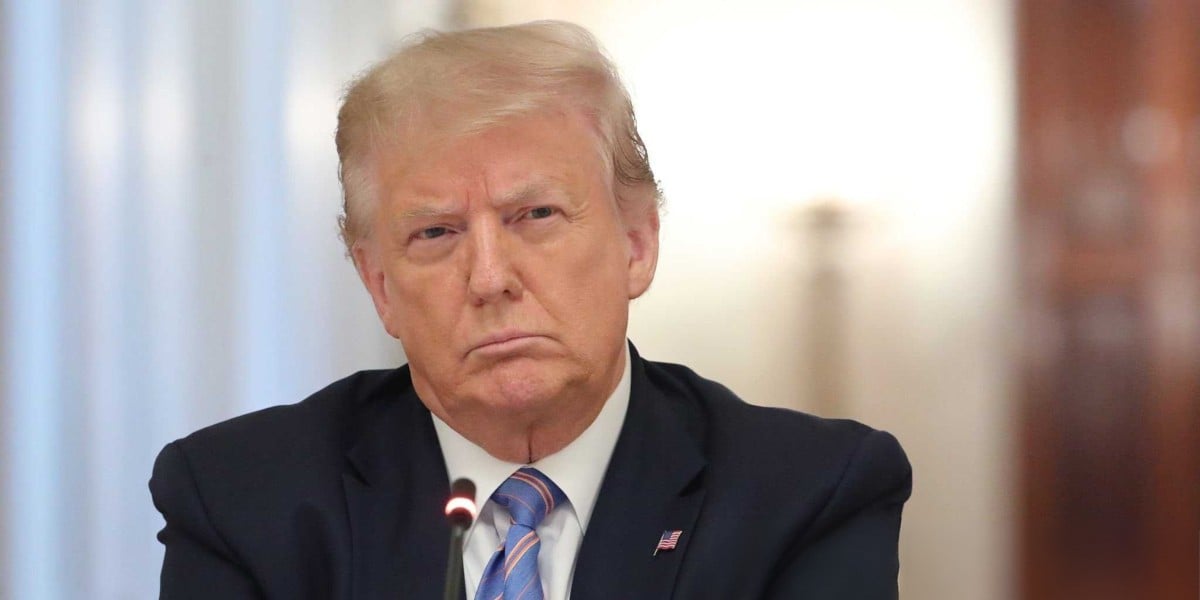







































































































































![[The AI Show Episode 143]: ChatGPT Revenue Surge, New AGI Timelines, Amazon’s AI Agent, Claude for Education, Model Context Protocol & LLMs Pass the Turing Test](https://www.marketingaiinstitute.com/hubfs/ep%20143%20cover.png)


















































































































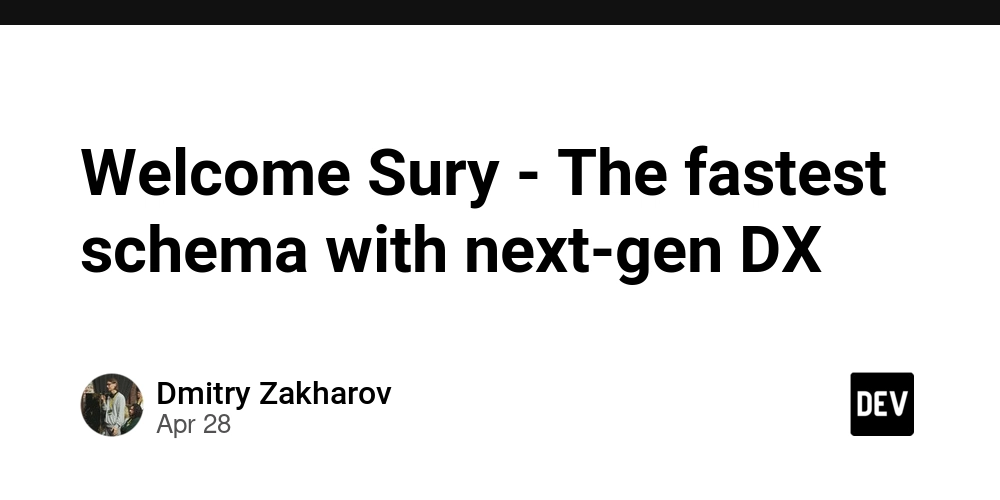


















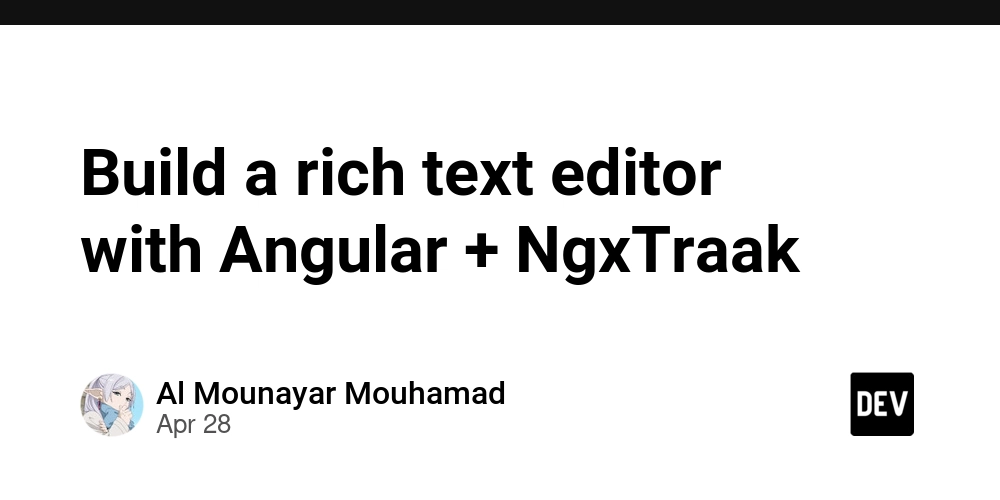


























































































































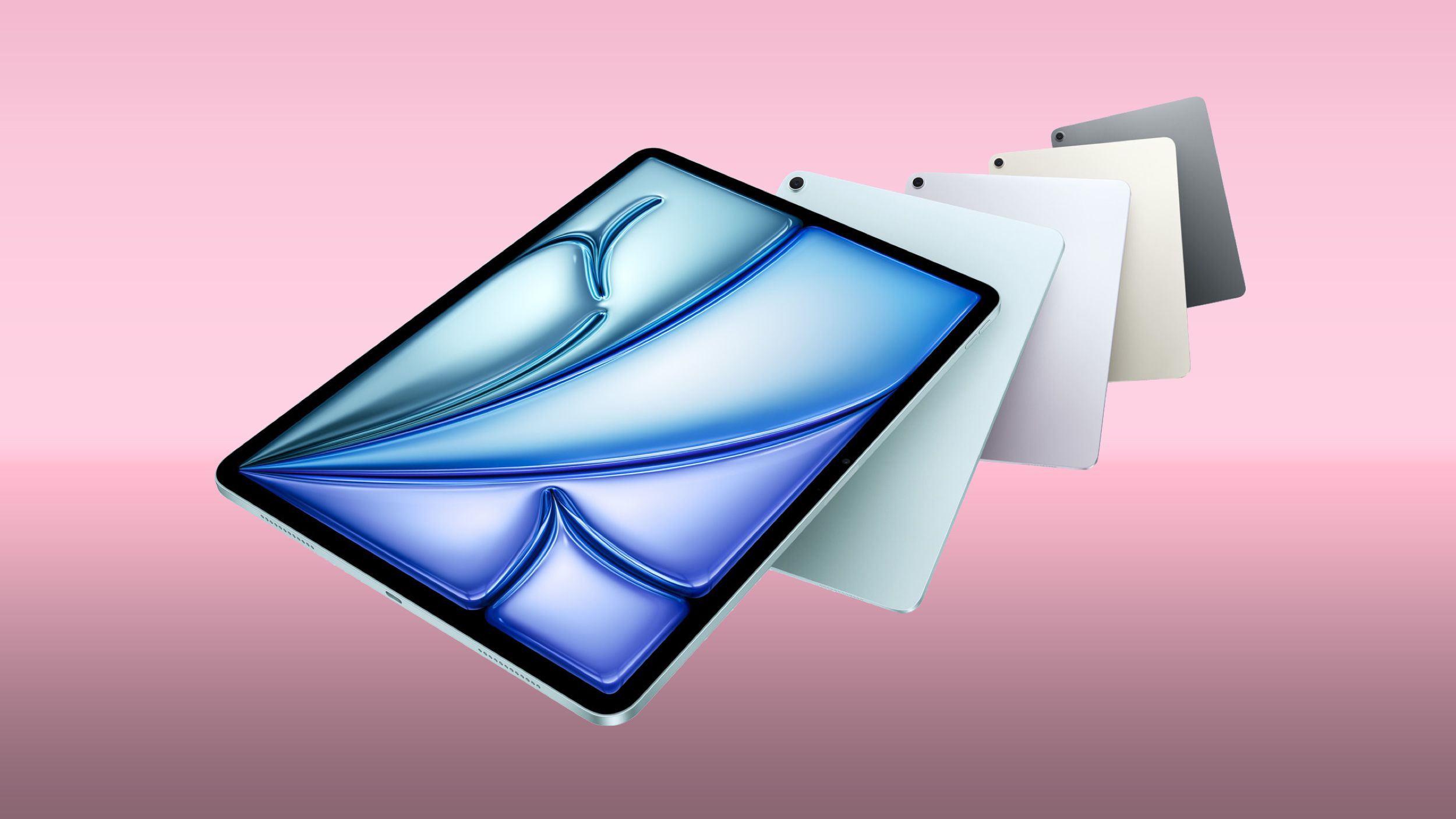










_Muhammad_R._Fakhrurrozi_Alamy.jpg?width=1280&auto=webp&quality=80&disable=upscale#)
_NicoElNino_Alamy.jpg?width=1280&auto=webp&quality=80&disable=upscale#)




















































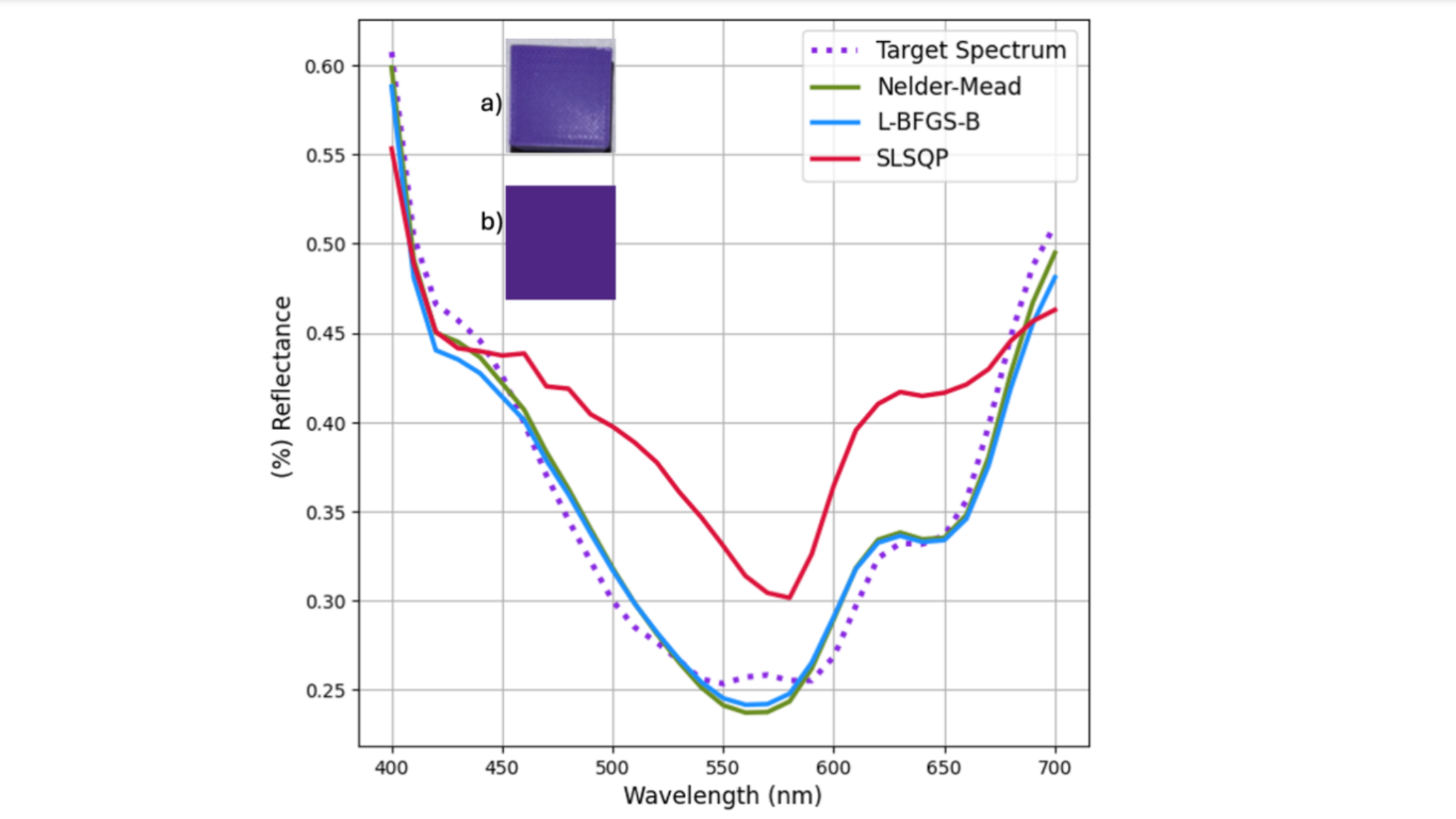































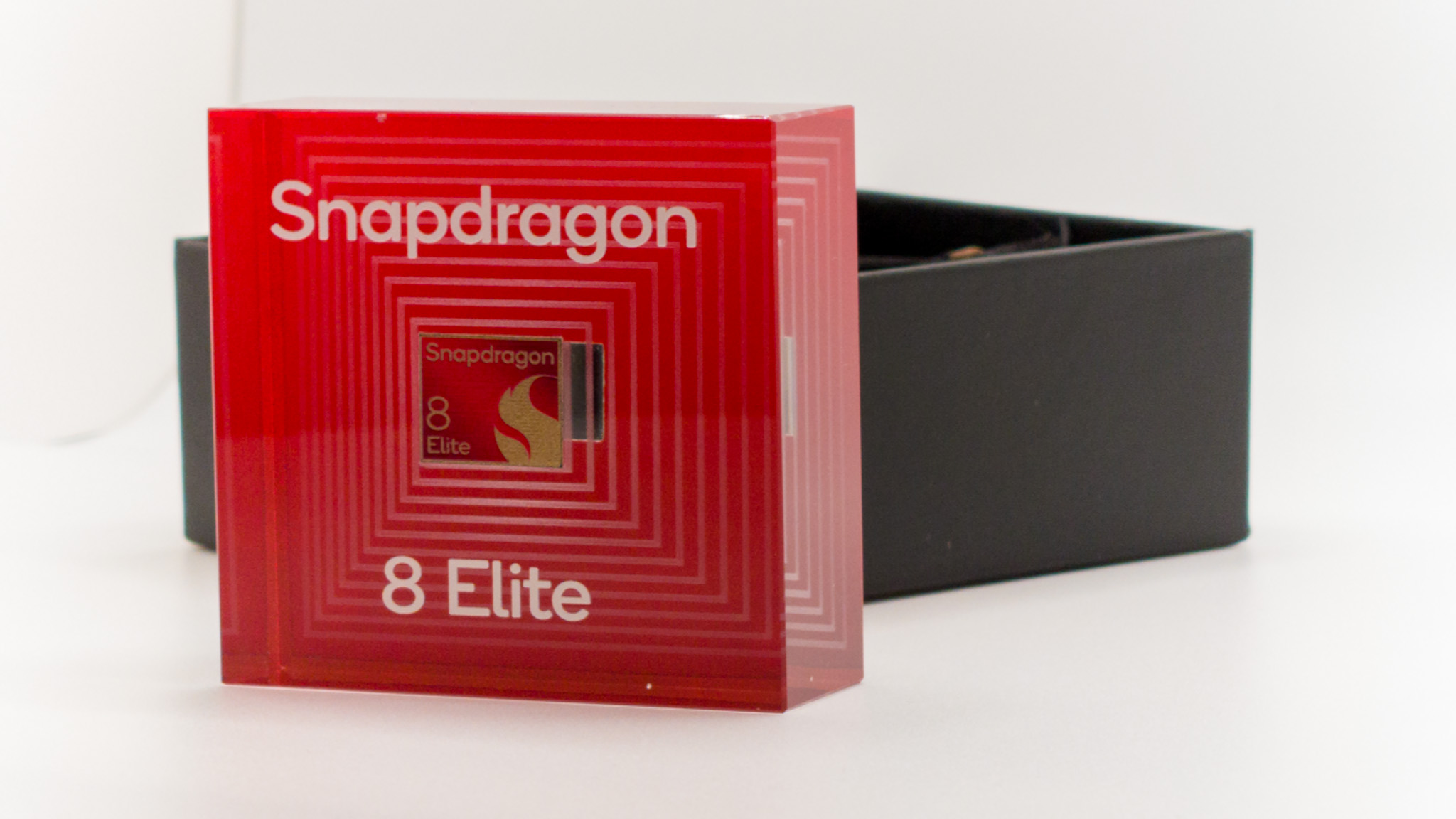
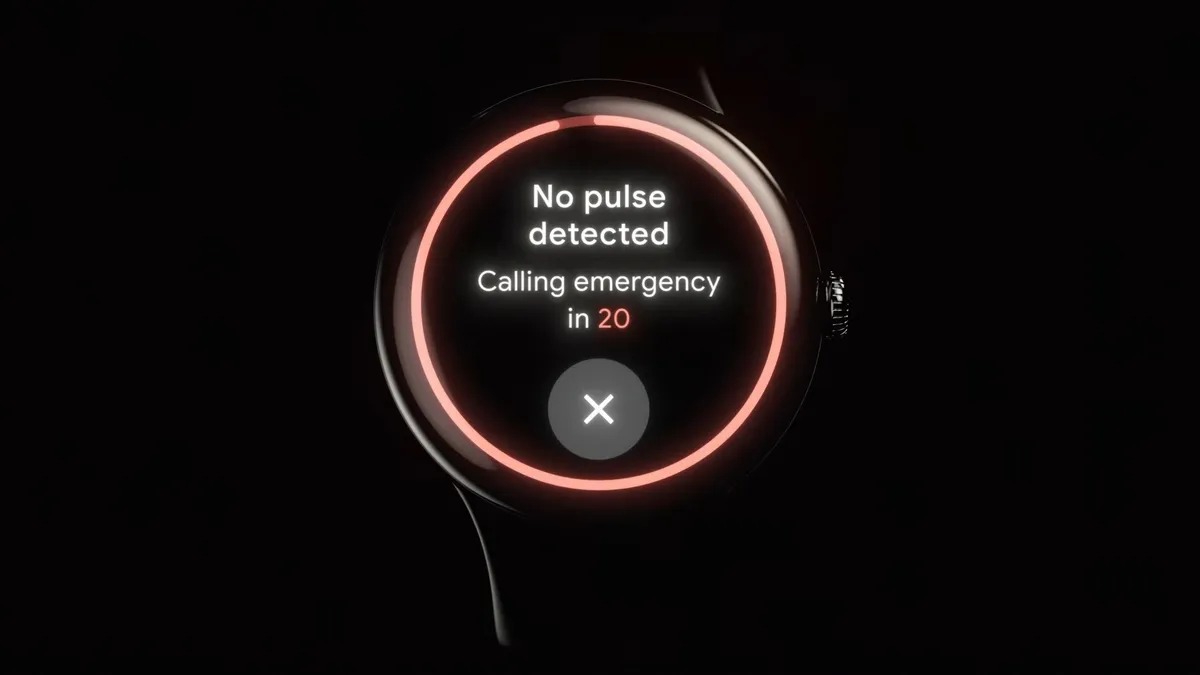




















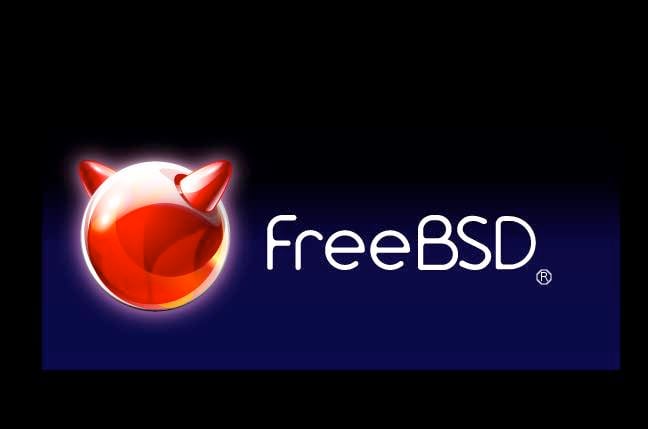

![AirPods Pro 2 With USB-C Back On Sale for Just $169! [Deal]](https://www.iclarified.com/images/news/96315/96315/96315-640.jpg)
![Apple Releases iOS 18.5 Beta 4 and iPadOS 18.5 Beta 4 [Download]](https://www.iclarified.com/images/news/97145/97145/97145-640.jpg)
![Apple Seeds watchOS 11.5 Beta 4 to Developers [Download]](https://www.iclarified.com/images/news/97147/97147/97147-640.jpg)
![Apple Seeds visionOS 2.5 Beta 4 to Developers [Download]](https://www.iclarified.com/images/news/97150/97150/97150-640.jpg)
















































